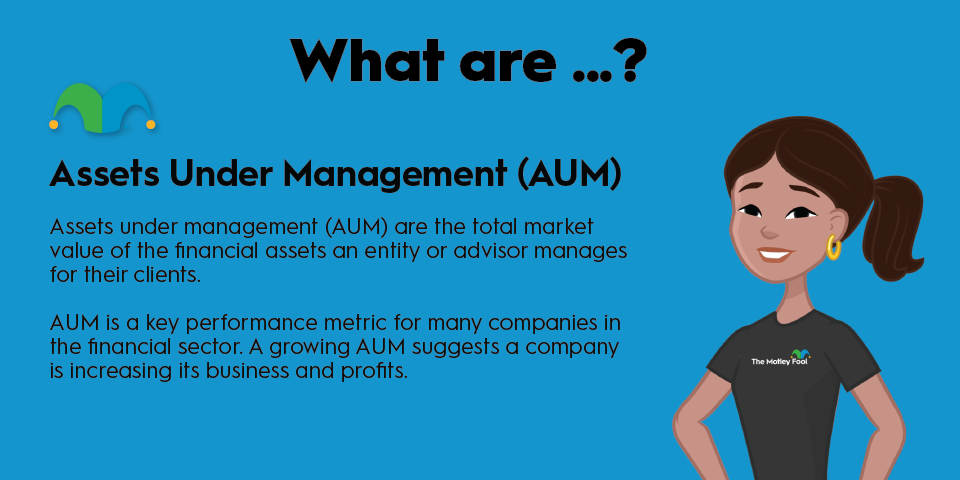Alpha is a concept most commonly used in the mutual and hedge fund industry to measure the skill of an active investment manager in generating returns over and above market benchmarks. By measuring the alpha generated by an investment manager, investors can make informed decisions about whether the manager was just lucky to generate returns or whether they got there by taking on risk. Ultimately, measuring alpha can help you decide whether the manager's active management adds value.

What does alpha mean in investing?
Before throwing the formula at you, thinking conceptually about alpha is a good idea to understand better what it means. If you want to find a skilled investment manager, you first want to know how well they beat a risk-free asset's return. If they can't beat the return on a risk-free asset, such as a U.S. Treasury, then there's no point in them taking on risk by purchasing equities when you can get the same return without risk.
The second consideration concerns how much risk the manager takes on board to generate their returns. Let's say a manager buys a portfolio of high-risk stocks that correlate with the market but tend to generate 20% overperformance or 20% underperformance, depending on the market's direction.
In investing terminology, this would be a "high beta" stock. Keeping the example going, a stock with a beta of 1.2 means that if the S&P 500 (the usual market benchmark for equities) returned 10%, the portfolio would return 1.2 * 10% = 12%. Similarly, if the market declined 10%, the portfolio would lose 12%.
Obviously, it makes no sense for investors to pay for "beta" in a portfolio; they can do that themselves. Instead, investors want to know what value the investment manager adds above the portfolio's return due to beta and the market return. And that's what alpha measures.
Calculating alpha in investing: A worked example
The formula for alpha is as follows:
Alpha = Actual return of the portfolio (Rp) - risk-free rate (Rf) - beta * market risk premium (Rm-Rf)
Rm is the return on the market, in this case, the S&P 500.
I'll work through these terms with an example. Say a fund returns 20%, and the S&P 500 returns 12%, but it invests in relatively risky stocks, so its beta is 1.1. The risk-free interest rate is 5%.
In this case, Rp=20%, Rf=5%, beta=1.1, and Rm=12%, so the market risk premium (Rm-Rf) works out to 8%.
A quick look at these numbers might lead an investor to conclude that the manager beat the index by 8% (taking away the market return of 12% from the 20% in the fund), but in reality, they took on some beta on board to do it.
Using the formula for alpha above gives alpha=20% - 5% - 1.1 * (12% - 5%), which results in an alpha of 7.3%.
In other words, the manager has added value by actively managing the portfolio, and the 20% return is solely down to taking on risk by buying high-beta stocks.
Related investing topics
Pros and cons of alpha
Alpha is a mainstay of measurement in the financial world and is a valuable measure of a manager's skill. However, it has a few limitations and things to keep in mind. The portfolio's assets should align with the benchmark in question. For example, measuring alpha by comparing the return on a portfolio of emerging market equities by benchmarking the S&P 500 is probably not worthwhile.
In addition, beta is a historical measure, and while it might seem easy to assume that, for example, a semiconductor stock has a higher beta than a food company, a look at the 10-year beta of Intel (INTC +0.11%) and Coca-Cola (KO -0.31%) confirms this. However, there have been plenty of periods when Coca-Cola's one-year beta was higher than Intel's over the last decade, creating difficulties in measuring alpha.
Alpha is a useful concept, but investors must also qualitatively look at how a fund manager generates performance over and above the market's return.



















